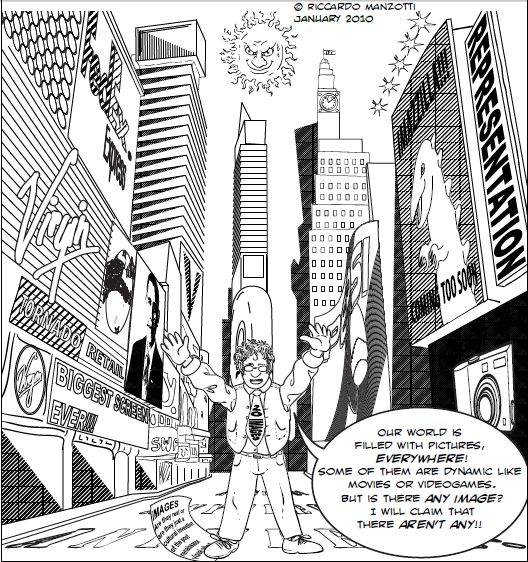Nature reports: On a chilly, January night in 1986, Elizabeth Ebaugh carried a bag of groceries across the quiet car park of a shopping plaza in the suburbs of Washington DC. She got into her car and tossed the bag onto the empty passenger seat. But as she tried to close the door, she found it blocked by a slight, unkempt man with a big knife. He forced her to slide over and took her place behind the wheel.
The man drove aimlessly along country roads, ranting about his girlfriend’s infidelity and the time he had spent in jail. Ebaugh, a psychotherapist who was 30 years old at the time, used her training to try to calm the man and negotiate her freedom. But after several hours and a few stops, he took her to a motel, watched a pornographic film and raped her. Then he forced her back into the car.
She pleaded with him to let her go, and he said that he would. So when he stopped on a bridge at around 2 a.m. and told her to get out, she thought she was free. Then he motioned for her to jump. “That’s the time where my system, I think, just lost it,” Ebaugh recalls. Succumbing to the terror and exhaustion of the night, she fainted.
Ebaugh awoke in freefall. The man had thrown her, limp and handcuffed, off the bridge four storeys above a river reservoir. When she hit the frigid water, she turned onto her back and started kicking. “At that point, there was no part of me that thought I wasn’t going to make it,” she says.
Few people will experience psychological and physical abuse as terrible as the abuse Ebaugh endured that night. But extreme stress is not unusual. In the United States, an estimated 50–60% of people will experience a traumatic event at some point in their lives, whether through military combat, assault, a serious car accident or a natural disaster. Acute stress triggers an intense physiological response and cements an association in the brain’s circuits between the event and fear. If this association lingers for more than a month, as it does for about 8% of trauma victims, it is considered to be post-traumatic stress disorder (PTSD). The three main criteria for diagnosis are recurring and frightening memories, avoidance of any potential triggers for such memories and a heightened state of arousal.
Ebaugh experienced these symptoms in the months after her attack and was diagnosed with PTSD. But with the help of friends, psychologists and spiritual practices, she recovered. After about five years, she no longer met the criteria for the disorder. She opened her own private practice, married and had a son.
About two-thirds of people diagnosed with PTSD eventually recover. “The vast majority of people actually do OK in the face of horrendous stresses and traumas,” says Robert Ursano, director of the Center for the Study of Traumatic Stress at the Uniformed Services University of the Health Sciences in Bethesda, Maryland. Ursano and other researchers want to know what underlies people’s mental strength. “How does one understand the resilience of the human spirit?” he asks.
Since the 1970s, scientists have learned that several psychosocial factors — such as strong social networks, recalling and confronting fears and an optimistic outlook — help people to recover. But today, scientists in the field are searching for the biological factors involved. Some have found specific genetic variants in humans and in animals that influence an individual’s odds of developing PTSD. Other groups are investigating how the body and brain change during the recovery process and why psychological interventions do not always work. The hope is that this research might lead to therapies that enhance resilience. [Continue reading…]
Note that while this report focuses on advances in the biological understanding of trauma and resilience, Ebaugh’s recovery did not result from conventional medical treatment.
Ebaugh, who now specializes in therapy for trauma victims, agrees that drug-based treatments could aid in recovery. But some people may find relief elsewhere. Religious practices — especially those that emphasize altruism, community and having a purpose in life — have been found to help trauma victims to overcome PTSD. Ebaugh says that yoga, meditation, natural remedies and acupuncture worked for her.

